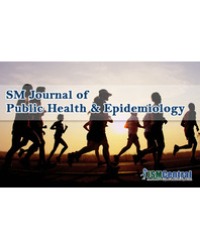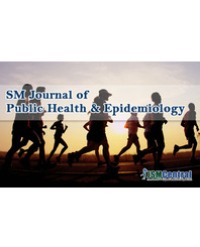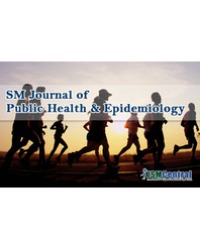
Impact of Airport Noise on the Health Situation of Host Communities: A Case Study of Obong Victor Attah International Airport, Akwa Ibom State, Nigeria
Environmental noise causes at least 10,000 cases of premature death in Europe each year and noise pollution have been known to have a negative impact on all sectors of society, rich and poor. However, it seems likely that some groups of society are more affected than others. These health inequalities may arise as a result of increased exposure to pollution, increased sensitivities, increased vulnerabilities, or a combination of all three. Moreover, noise from aircraft and from traffic going to and from airports is probably the most obvious environmental impact of the aviation industry because it is easily perceived and annoying, especially where this occurs frequently. An increased use of air transportation has overtime resulted into a corresponding increase in aircraft noise which has placed the health of residents of the airport vicinity at great risk. All these notwithstanding, negative activities like noise generation from airports generate impacts of great concern. These impacts have been the major concern of residents at the airport vicinity. Interestingly, this research work measured the impacts of airport noise on the health situation of host communities of Uruan, Okobo and Nsit-Atai. LGA’s in Akwa-Ibom State. Health is the major parameters used in measuring these impacts. A buffer was used to demarcate the study into zones and a systematic sampling technique was employed in selecting the households to be sampled. The sample size composed of 400 respondents and this was determined from the population of the host communities using the Taro Yamane formula. Data needed for this study was obtained from questionnaires administered to the 400 respondents. Secondary data was collected from Obong Victor Attah International Airport Development Company. A sound meter was also used to determine the noise levels within the buffer distance. Data collected were analyzed using; percentages, charts, maps and simple linear regression statistical tools. The hypothesis formulated was tested using simple linear regression analysis, the null hypothesis which stated that airport does not significantly impact health was rejected. Results from the analysis indicated that the major health issues resulting from the airport noise were annoyance (43.8%), sleep disturbance (37.9%), increased heart beat (12%) and hearing loss (5%). From this result it is inferred that, Obong Victor Attah International Airport influences negatively on the health of the host communities in the study area. It is recommended that the members of the host community should be enlightened and educated about the dangers of the airport noise on their health. Also, citizen advocacy should be intensified and encouraged on the health impact of noise. It is also imperative that residential buildings should not be approved too close to the Airport this would reduce the severity of these health issues associated with Airport noise.
Raimi Morufu Olalekan¹* and Ihuoma Blossom Adindu²*



